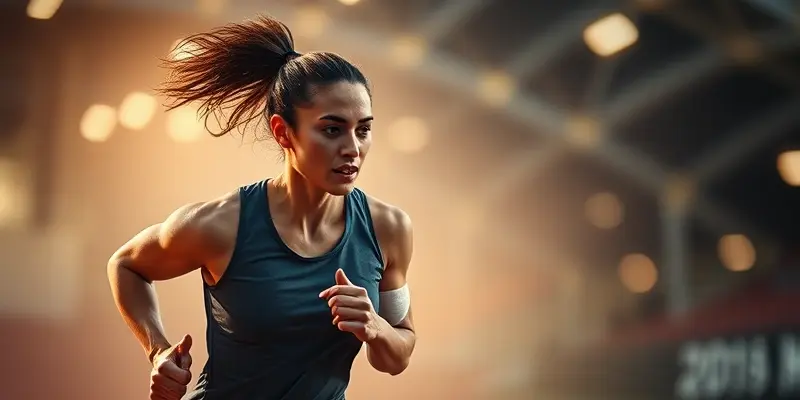Recovery & Injury: A Comprehensive Guide for Athletes and Fitness Enthusiasts
In the world of sports and fitness, injury prevention and recovery are vital components that can make or break an athlete’s career. By understanding the best practices in avoiding common injuries, optimizing nutrition for faster recovery, utilizing muscle repair tools, and maintaining motivation during rehabilitation, individuals can significantly enhance their performance and overall well-being. Whether you’re a beginner looking to stay active or a professional athlete aiming for peak performance, this guide is tailored to help you navigate the intricate world of sports injury prevention and recovery.
Introduction
Injuries are an inevitable part of an active lifestyle, but with proper knowledge and preparation, they can be minimized. Let’s delve into key strategies to prevent common sports injuries, recover efficiently, and return to training stronger than before.
Preventing Common Sports Injuries
Proper Technique and Posture
Mastering the correct form in sports activities reduces strain on muscles and joints.
Protective Equipment
Wearing appropriate gear like helmets and pads significantly lowers the risk of injuries, especially in contact sports.
Warm-Up and Cool Down
Dynamic stretches before and static stretches after activities reduce soreness and injury risk.
Cross-Training
Engaging in various activities helps maintain balance in strength and flexibility, reducing the risk of overuse injuries.
Common Sports Injuries and Prevention Strategies
ACL Injuries
Implementing Neuromuscular Training (NMT) programs can reduce ACL injury risks by up to 61%.
Ankle Sprains
NMT programs are also effective in reducing ankle sprains by 39%.
Overuse Injuries
Balanced cross-training and appropriate training schedules help prevent overuse injuries.
Nutrition for Faster Recovery
Fueling your body with the right nutrients is essential for optimal healing:
- Protein: Crucial for muscle repair and growth.
- Carbohydrates: Provide energy for workouts and recovery.
- Healthy Fats: Support inflammation reduction and overall health.
- Hydration: Maintain optimal physical function with adequate fluid intake.
Tools and Gadgets for Muscle Repair
Utilize these tools to enhance muscle recovery:
- Foam Rollers: Reduce muscle soreness and improve circulation.
- Compression Garments: Aid in reducing swelling and boosting blood flow.
- Massage Guns: Increase blood flow and reduce muscle tension for quicker recovery.
Psychological Methods for Maintaining Motivation During Rehabilitation
Mindset plays a significant role in the recovery process:
- Goal Setting: Establish clear, achievable goals to maintain focus.
- Support Network: Surround yourself with encouragement and accountability.
- Mental Health Practices: Practice mindfulness and stress management techniques to cope with emotional challenges.
Additional Recovery Tips
Don’t overlook these essential recovery practices:
- Sleep and Rest: Allow your body adequate rest for effective healing.
- Stress Management: Maintain a healthy mental state to support recovery.
- Gradual Return to Training: Ensure a safe and gradual return to sports activities to prevent re-injury and sustain long-term performance.
In conclusion, prioritizing injury prevention, adopting proper recovery strategies, and maintaining a positive mindset are key pillars to long-term athletic success. By implementing these practices, you can safeguard your well-being, optimize performance, and enjoy a fulfilling and active lifestyle. Remember, your health is your greatest asset in achieving your fitness goals.
